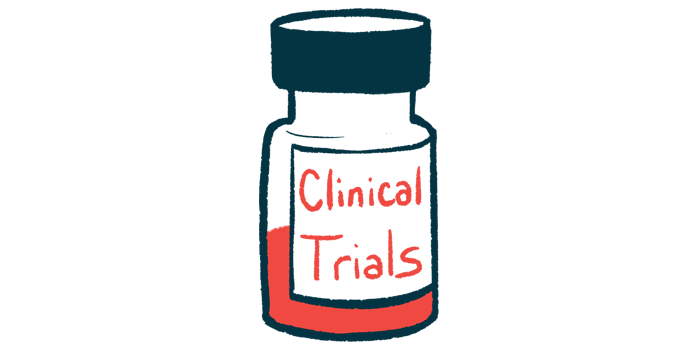First Sjögren’s patient receives stem cell therapy for xerostomia
As part of study, 6 patients to receive one injection of adult stem cells
Written by |

A woman with Sjögren’s disease was the first to receive an experimental cell therapy for xerostomia, or severe dry mouth, in a clinical trial at the University of Wisconsin (UW).
As part of the Phase 1 study (NCT06392711), six patients are receiving one injection of their own mesenchymal stromal cells, a type of adult stem cell, into a single major salivary gland. If the dose of 10 million mesenchymal stromal cells collected from each patient’s bone marrow is well tolerated, it will later be injected into both submandibular glands. Xerostomia is a signature symptom of Sjögren’s disease that’s caused by damage to the salivary glands.
While the study’s goal is to evaluate treatment safety, that patient, Julianne McGowan said in a university news story she’d “been taking several lozenges a day” to stimulate the production of saliva, but the cell therapy reduced the need for dry mouth lozenges to “once or twice a week.”
In Sjögren’s, the immune system mistakenly attacks the moisture-producing glands in the body, including those that produce saliva, causing symptoms of dry mouth. This makes eating and speaking difficult, and can cause tooth decay and weight loss.
Available treatments can ease symptoms, but don’t address the long-lasting damage sustained by the salivary glands. Knowing that stem cells are immunomodulating, meaning they can change an immune response, Sara McCoy, MD, PhD, an assistant professor at UW, investigated their potential for xerostomia.
“The current standard of care is not addressing the root cause of dry mouth for these patients,” said McCoy, also a rheumatologist at UW Health. “With this cell therapy, we are hopeful we can do more than offer temporary relief and give these people back these critical human functions.”
Treating xerostomia with mesenchymal stromal cells
McCoy’s team is using mesenchymal stromal cells from bone marrow. After being collected, the cells are grown and activated with interferon gamma, such that they gain immunosuppressive features, before they’re injected back into the patient. The activated mesenchymal stromal cells should help counteract severe mouth dryness.
“For people like Julianne, there’s nothing to help them and I felt there has to be something we can do,” McCoy said.
McGowan also experienced other Sjögren’s symptoms like dry eyes, joint pain, and rapid weight loss.
“Early on, before I knew what it was, I’d drink an entire glass of water and still feel thirsty, thinking there was no amount of water I could drink to prevent being thirsty,” said McGowan, who has since received a diagnosis of Sjögren’s.
The Phase 1 study, cleared in mid-2023 by the U.S. Food and Drug Administration, plans to enroll up to 36 adults with xerostomia caused by Sjögren’s or graft-versus-host disease, a transplant complication that also can affect saliva production.
Its dose escalation step will enroll up to 18 patients. A first group will receive 10 million mesenchymal stromal cells into each of the two submandibular glands. If it’s tolerated, the patients treated afterward will receive a higher dose of 20 million into each gland. The highest safe dose will then be used in the expansion step with 12 patients.
The study’s main goal is to assess how safe and well tolerated the cell therapy is over the first month after injection. Secondary goals include watching for changes in xerostomia scores, how much saliva is produced, and whether its composition changes over up to two years.
Sjögren’s is about eight times more common in women than men, but awareness of the coondition is low. McGowan sees the study as a chance to show the challenges patients face.
“I want to increase awareness of the disease and what the symptoms are so others don’t suffer,” she said.






